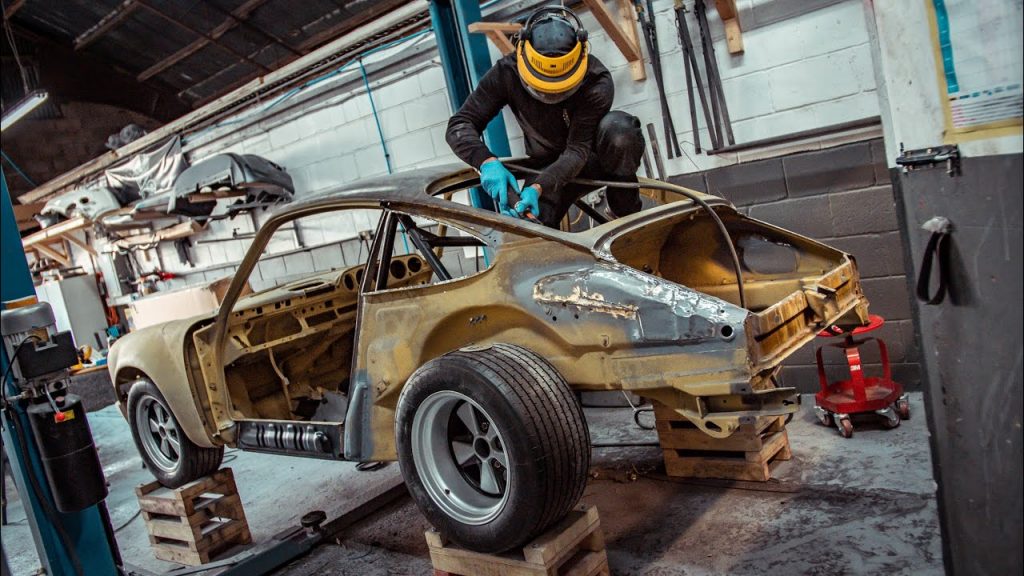No car is built to last a lifetime. With appropriate care, maintenance or perhaps restoration, you can revive the performance and appeal of your car. Being the ultimate labor of love, skill, expertise and passion, the process of car restoration is no easy feat. Before you decide to splash out an old car, it is important to remember the importance of knowing and having the right tools and budget for such a task. With car restoration falling out of your comfort zone and skillset, it is important to follow the following steps for restoring your car to its original or either new and improved state.
The restoration of a classic car is no piece of cake. Owing to this reason, decide what you want before buying an old car for restoration. Keep in mind that it is important for you to plan, research and create a timeline for your restoration. A great way to envision your end result, is to create a plan, as this helps you streamline matters and figure out how you’re going to achieve your plan.
· Budget: Be it any sort of restoration project, having a budget in mind helps you navigate your way through. Figure out how much you plan on spending on the entire project and then proceed to break it down for each different section. During the course of this project, it is necessary to go slow and steady. Rather than compromising on your vehicle parts, take it upon yourself to go bit by bit if you’re facing monetary constraints. With prospective buyers demanding exacting details regarding your restored car, it is imperative to opt for the best parts, even at the expense of extending your timeline.
· Mission: It isn’t recommended for you to venture into this territory without having your intentions clear. You need to be familiar with whether you wish to do some minor work or want to work on overhauling the entire body of the car. If the latter option is where your interest is inclining towards, then it is important to extend your budget accordingly.
· Location: Some cars require extensive mechanical work, while some have rust spreading across the entire body. Depending upon your scenario, you need to set up two different locations, one for dealing with the mechanical work and the car’s body and one for dealing with the upholstery and electrical work.
· Documentation: For any given restoration work, it is necessary to document everything. It is a given necessity for you to take pictures or take videos while and after the stripping phase. With it being difficult to remember each detail, this photographic documentation and a checklist help you remember what needs repairing or replacing.
· Get The Tools: The process of executing any job requires you to have the appropriate tools of the trade. Be it an impact wrench, an air compressor, creeper, paint stripper, auto jig, hand tools or a transmission stand, you’ll need a variety of tools. With the restoration of classic cars being impossible without adequate space and tools, you need to invest in the right resources.
· The Real Job: Once you’ve dealt with the planning and acquisition of appropriate resources, you need to work on the real deal. This includes stripping the interior, removing wiring, taking out the transmission and engine gearbox, removing external panels, removing window glasses, etc.
Having said that, complete car restoration or even partial restoration is a job not suitable for common individuals. In such a condition, opting for one of the best car restoration shops, which is Tristate Classic Car Restoration, is important. Being in the industry for decades, they understand how to restore different cars within a reasonable budget.

